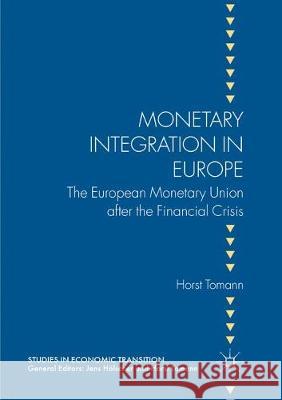Monetary Integration in Europe: The European Monetary Union After the Financial Crisis » książka
topmenu
Monetary Integration in Europe: The European Monetary Union After the Financial Crisis
ISBN-13: 9783319865805 / Angielski / Miękka / 2018 / 246 str.
Kategorie:
Kategorie BISAC:
Wydawca:
Palgrave MacMillan
Seria wydawnicza:
Język:
Angielski
ISBN-13:
9783319865805
Rok wydania:
2018
Wydanie:
Softcover Repri
Ilość stron:
246
Oprawa:
Miękka
Wolumenów:
01











